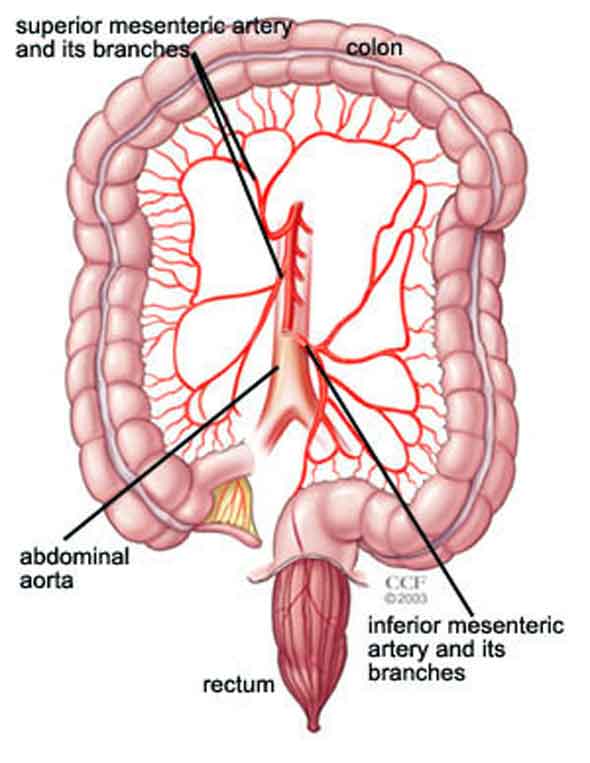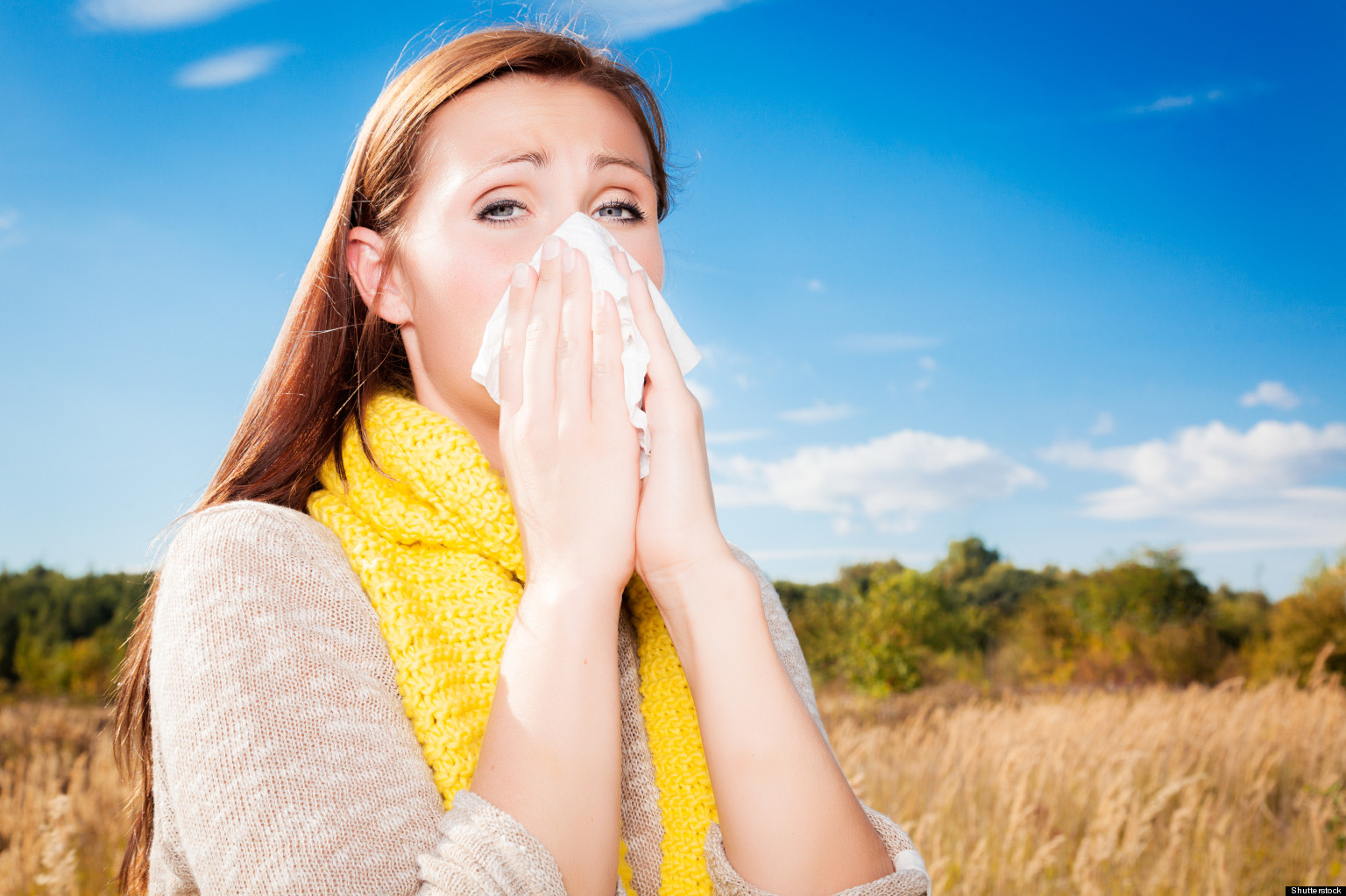A stroke is a medical condition characterized by a serious reduction in blood flowing towards the brain caused by bleeding of blood clots. Strokes are considered as medical emergencies. Most medical professionals would agree that the faster a stroke patient gets the appropriate treatment, the less brain tissues can be potentially damaged. Eight out of ten cases of strokes are brought about by blood clots. These cases are called ischemic strokes. The other cases are caused by excessive bleeding in the brain and they are called hemorrhagic strokes. It is vital to know the early indications of a stroke. Here is a list that may help you determine if you or a friend is having a stroke. Nonetheless, this list should not supersede a medical professional’s assessment. This is solely meant to emphasize some essential indications that cannot be overlooked and taken for granted. For all types of symptoms, it would always be best to check with with your doctor, and look for medical attention as fast as you can. Here are symptoms of stroke that should not be ignored.
10. Chest Pains

Photo Source: www.resimbul.com
One of the signs of a stroke is characterized by a type of discomfort that can be likened to heavy pressure or squeezing on the chest part. Aside from the pain, nausea and sweating are also going to be present. The pain can be described as something that is totally different from what can be considered as ‘normal’ pain. The pain can be associated with a feeling of lightheadedness. There are times when stroke patients pass out.
The chest pains may be coupled with sever back pains as well. Other symptoms include inability to hold urine or feces which is also called incontinence, weakness in the groin area, fever, and painful urination.
9. Shortness of Breath

Photo Source: www.plusinfo.mk
A patient with stroke may experience difficulty breathing that becomes worse when the individual lays flat or when he carries heavy objects. When a person breathes faster than normal and he experiences difficulty in speaking, he may be having a stroke. The difficulty in breathing can be likened to a severe asthma attack. Sometimes the shortness of breath is accompanied with fever. There are cases when a stroke patient coughs up blood.
8. Pain

Photo Source: www.socalpaincenter.com
The pain felt should not be automatically linked with stroke signs. However, if the patient feels an abrupt shot of pain in the leg, arm, or one side of the chest or face, medical assessment is immediately necessary. Women have been found to be more prone to stroke symptoms that are non-traditional and that include pain. Sometimes, the pain includes lack of ability to move certain parts of the body and numbness.
7. Difficulty in speaking

Photo Source: www.wikihow.com
Stroke can hinder a person from the ability to speak well. If you are experiencing other symptoms of stroke, you must attempt to speak clearly. If you cannot or you are slurring words, there is a strong chance you are having a stroke. You should seek medical assistance right away.
6. Confusion

Photo Source: familyforge.ning.com
When blood does not flow freely into the brain, there would be a serious lack of oxygen. When that occurs, the patient would suffer from loss of balance and unsteadiness, dizziness and difficulty in walking. The lack of oxygen can lead to a sudden weakness of a part of the body, most especially the limbs. It may become numb or completely paralyzed. More often than not, the affected limb is on the opposite side of the brain that suffered the stroke. All these occurrences can add to the confusion of the patient, aside from the deficiency in oxygen.
5. Changes in vision

Photo Source: www.webmd.boots.com
Stroke patients may experience vision impairment signs such as blurred images, double vision, and even temporary loss of vision. However, they may be not as noticeable as sudden feeling of weakness in several parts of the body and speaking impediment.
4. Gastrointestinal and Abdominal Symptoms

Photo Source: www.medicalnewstoday.com
Another early sign of a stroke is bloody stool. When a person is having acute abdominal pain compounded with stools that contain blood, these may be signs of a stroke. The stools sometimes manifest as darker than the usual. Throwing up is one of the stroke symptoms especially if the vomit contains blood.
Sometimes, a person with a stroke shows lack of appetite aside from fever, diarrhea, and vomiting. The stomach pain worsens after each meal or after the intake of aspirin.
3. Nausea

Photo Source: quadernisocialisti.wordpress.com
This feeling can be sometimes associated with being intoxicated but when a person has not ingested any alcohol and he manifests these symptoms, he needs to be immediately checked by a medical professional because these are symptoms of stroke.
Patients may exchange stroke signs with other health conditions and vice versa and that is the very reason why immediate checkup is essential. When a patient passes out and prior to that, he experiences palpitations, chest pains, shortness of breath, stomach pains, and headaches, he may have had a stroke.
2. Acute headache

Photo Source: www.redorbit.com
Severe headaches that suddenly hits you like a thunderclap can be a sign of a stroke. These kinds of headaches can be described as the worst headache that you have experienced. The headache may be associated with seizure, numbness, vomiting, pain while chewing, stiff neck, and general weakness.
A survey that involved almost 600 individuals showed that people who had headaches at the start of a stroke tended to have histories of migraine that began early in life. There are more women who had stroked accompanied with headaches than men.
There are studies which showed that youths who manifest stroke warning signs, which include migraine, are most of the time misdiagnosed. A neurology consultation or a brain MRI is necessary to zero in on the real reason behind the migraine.
1. Allergic Reactions

Photo Source: www.huffingtonpost.com –
Allergic reactions should not be ignored. There are allergic signs that may be clear indications of the onset stroke signs. After an insect bite or the ingestion of pill or food that triggers an allergy, a person may manifest any or all of the following symptoms: hoarseness of voice, difficulty in breathing, inflammation or tongue, face, lips, and throat, rash and hives in certain parts of the body.
